Premium Only Content
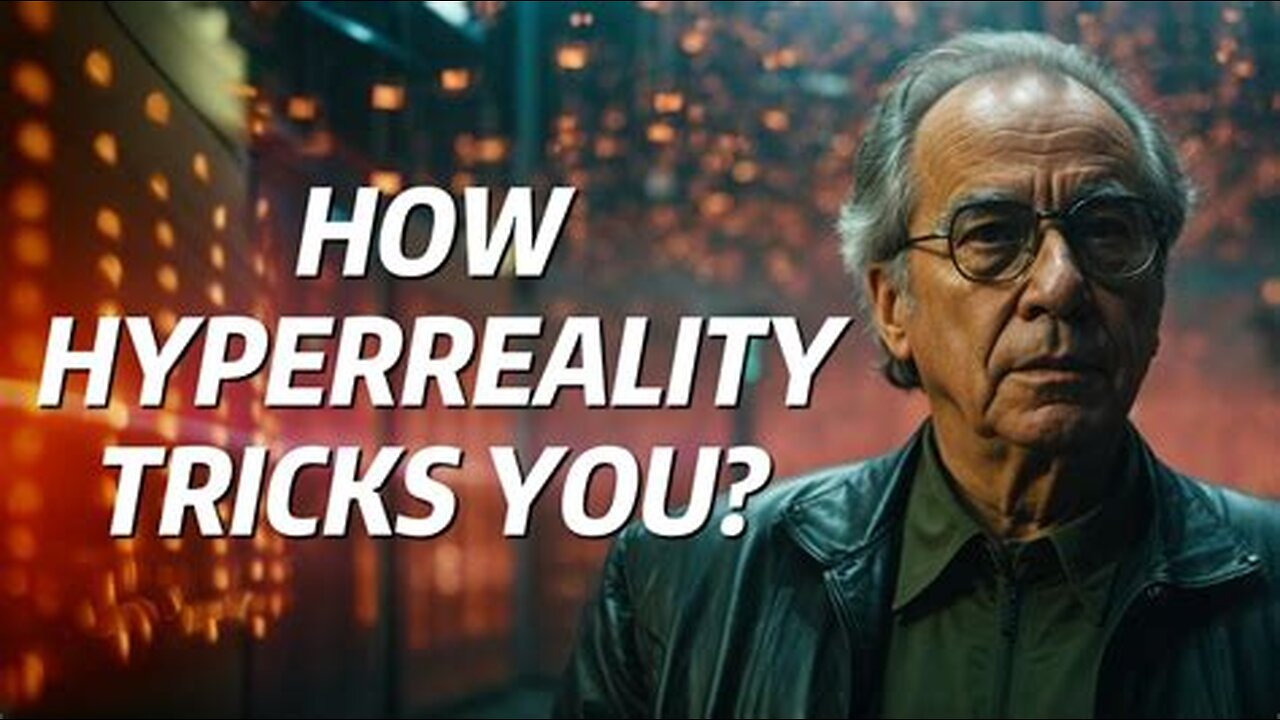
Baudrillard’s “Map and Territory”: Hyperreality in a Digitally Driven World
Jean Baudrillard’s concept of “the map and the territory” transcends ordinary philosophical rumination, spotlighting a critical tension in modern society: the moment when our representations of reality (the “map”) become more influential, more tangible, and ultimately more believable than reality itself (the “territory”). This predicament culminates in what Baudrillard termed hyperreality—a landscape in which simulations, images, and constructed narratives eclipse the raw, unvarnished nature of the real. Far from mere academic musing, this phenomenon permeates every dimension of contemporary life.
1. The Seductive Power of Simulations
In the era of digital connectivity, we increasingly inhabit worlds sculpted by algorithms, sensational news, meticulously curated social media posts, and the ceaseless flow of globalized entertainment. These simulations operate as filters—reality packaged into sensational fragments, edited highlights, or ideologically driven frames. While these constructs bring convenience and immediacy, they also risk oversimplifying or distorting events, siphoning our attention away from direct experience. The disquieting result: many form identities, beliefs, and emotional reactions rooted in ephemeral illusions rather than firsthand encounter.
2. Hyperreality’s Psychological Pull
Hyperreality doesn’t merely deceive; it entices. By offering on-demand gratification—a constant feed of spectacle, novelty, and tribal affirmations—it becomes easier to embrace digital constructs than to endure the subtlety or discomfort of in-person exploration. This psychological impetus drives individuals to prefer maps that confirm biases, echo personal values, or deliver curated excitement, sidestepping the more nuanced, sometimes contradictory territory awaiting genuine encounter. Baudrillard’s key warning is that we might lose the faculty to distinguish between the genuine and the staged, forfeiting critical judgment for the pleasing illusions of the map.
3. The Erosion of Direct Experience
When we navigate life predominantly via abstractions—tweets, headlines, viral videos—our sense of proportion and context can wither. The immediate, visceral, even inconvenient texture of reality fades behind the polished veneer of digital narratives. Real communities, nuanced debate, or hands-on involvement become overshadowed by streams of consumable content. This trade-off not only affects how we interpret world events but also shapes personal empathy and civic participation. In essence, the simplified map becomes easier to wield yet less reflective of the living world’s complexity.
4. Reclaiming the Territory
To address this widening gap, we may need to recalibrate our media consumption and cultivate practices that anchor us to authentic experience. These efforts might include:
• Intentional Disconnection: Periodically distancing from digital feeds to immerse ourselves in direct observation and real human interaction.
• Methodical Curiosity: Seeking out primary sources, eyewitness accounts, local storytelling, or firsthand engagement with social and environmental issues, bypassing secondhand filters.
• Conscious Literacy: Sharpening the ability to interpret media content critically, recognizing subtle manipulations and resisting clickbait’s immediate allure.
• Diverse Perspectives: Exploring contradictory narratives and stepping outside echo chambers, aiming to recapture the richness of true complexity instead of neat caricatures.
5. The Transformative Potential of Awareness
Baudrillard’s insight, then, is less about condemning technology and more about urging a rigorous awareness—an insistence on looking past illusions to discern the world’s subtle edges. By acknowledging that we’re perpetually enveloped in maps—be they social frameworks or digital constructs—we can learn to move with discernment, gleaning utility from these representations while remembering that they are not, and never can be, the entire terrain.
Conclusion: Toward a Braver Engagement
Understanding “the map versus the territory” isn’t just an exercise in postmodern theory; it’s a wake-up call that resonates in a climate of curated feeds, 24-hour news cycles, and viral everything. Baudrillard’s challenge is to navigate this labyrinth of images and narratives without forgetting that a real, multifaceted world lies beyond the threshold of our screens. Bridging that gap—between the polished illusions we consume and the lived truths waiting to be experienced—demands the courage to question assumptions, the curiosity to explore unfiltered realities, and the humility to accept that the territory may be far more complicated, inconvenient, or magnificent than any map could convey.
-
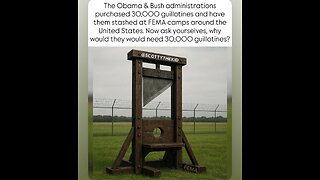 9:09
9:09
FragmentsOfTruth
8 days agoKabbalah’s Hidden Agenda: Noahide Laws & Christian Persecution
2751 -
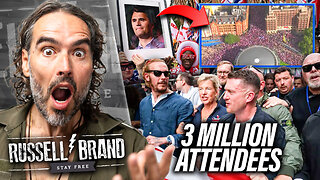 1:17:36
1:17:36
Russell Brand
3 hours agoTommy Robinson UK rally “draws 3 MILLION”, Trump Launches Investigation of Left - SF633
58.9K11 -
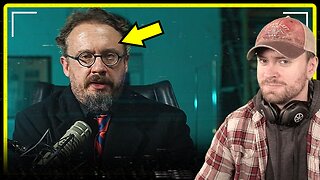 LIVE
LIVE
MattMorseTV
2 hours ago $2.50 earned🔴Reacting to SAM HYDE.🔴
1,198 watching -
 LIVE
LIVE
The HotSeat
47 minutes agoThe Truth About Tyler Robinson & Church Leaders: Exposing Weekend Lies — You’re On My List
258 watching -
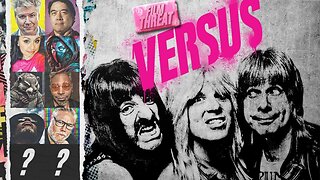 UPCOMING
UPCOMING
Film Threat
18 hours agoVERSUS: SPINAL TAP II + FALL PREVIEW | Film Threat Versus
746 -
![[Ep 748] Revival - The God Effect Through Charlie | You’re Fired! | Iryna Zarutska Update](https://1a-1791.com/video/fww1/28/s8/1/K/o/l/i/Koliz.0kob-small-Ep-748-Revival-The-God-Effe.jpg) UPCOMING
UPCOMING
The Nunn Report - w/ Dan Nunn
1 hour ago[Ep 748] Revival - The God Effect Through Charlie | You’re Fired! | Iryna Zarutska Update
29 -
 LIVE
LIVE
Rallied
2 hours ago $0.03 earnedShotty Boys Warzone Challenges
115 watching -
 LIVE
LIVE
Right Side Broadcasting Network
6 hours agoLIVE: President Trump Signs a Presidential Memorandum - 9/15/25
2,759 watching -
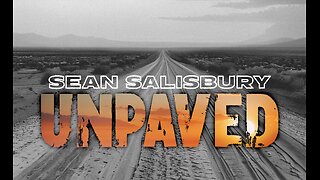 1:29:01
1:29:01
Sean Unpaved
3 hours agoTurf Tumbles & Triumphs: Burrow's Setback, Chiefs' Crumble, Irish Iced, & Kelly's 3-0
34.2K -
 34:27
34:27
The Quiet Part
5 hours ago $0.21 earnedCanada DIDN'T EVEN TRY!
4.95K4